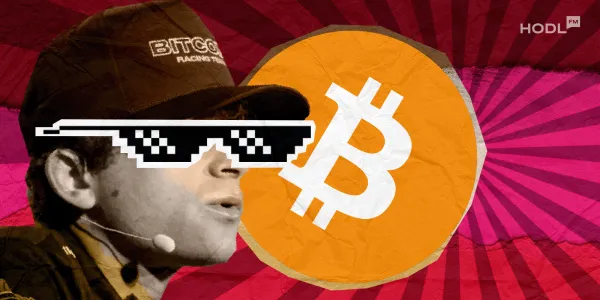The crypto exchange and research firm argues that much of stablecoin activity is global in scope and does not compete directly with domestic banking customers.
Concerns that stablecoins could undermine U.S. banks by siphoning deposits may be overstated, according to Coinbase.
“The idea that stablecoins will destroy bank lending ignores reality,” Coinbase policy chief Faryar Shirzad said on Wednesday.
He emphasized that most stablecoin demand originates outside the United States, supporting international dollar usage rather than displacing local bank deposits.
Stablecoins serve global, not domestic, demand
A market note shared by Coinbase explains that stablecoins are primarily used by international users seeking dollar exposure. Emerging markets, in particular, rely on U.S. dollar-backed tokens to hedge against local currency volatility, making them a practical tool for financial inclusion.
The note highlights that roughly two-thirds of stablecoin transactions occur on blockchain or decentralized finance (DeFi) platforms. “They form the transactional infrastructure of a financial layer that operates parallel to, but largely outside, the U.S. banking system,” the firm said.
This usage underlines stablecoins’ role in global dollar circulation, rather than domestic banking competition.
Shirzad added that treating stablecoins as a threat misinterprets their function. Instead of undermining banks, he said, the tokens could enhance the dollar’s international role and provide competitive advantages that benefit the U.S. economy.
Impact on community banks is limited
Coinbase also addressed concerns that widespread stablecoin adoption could pressure community banks. According to the firm, the typical stablecoin user differs significantly from the average community bank customer, meaning the overlap is limited.
“Community banks and stablecoin holders barely intersect,” Shirzad said.
He suggested that banks could even explore integrating stablecoin technology to improve services rather than view it as a threat.
Long-term circulation forecasts warrant scrutiny
Projections of trillions of dollars flowing into stablecoins over the next decade, Coinbase notes, should be approached with caution. Even if global stablecoin circulation reached $5 trillion, the majority would likely remain foreign-held or utilized within digital settlement systems, rather than diverting funds from U.S. checking or savings accounts.
The firm contrasted this with the scale of U.S. commercial bank deposits, which exceed $18 trillion, arguing that any stablecoin-driven outflow would be marginal. At the same time, wider adoption could reinforce the global influence of the U.S. dollar, supporting international trade and liquidity.
Private stablecoin transactions highlight evolving infrastructure
Coinbase pointed out that multiple major financial institutions and banks have launched or are exploring stablecoin-related services since the GENIUS Act was passed earlier this year, which regulates how these providers operate in the U.S.
Beyond global demand and regulatory debates, Coinbase is now developing private stablecoin transfers on its Base layer‑2 network, leveraging privacy technology from Iron Fish to allow confidential transactions while retaining selective regulatory access. Base provides a dedicated layer for stablecoin settlement and privacy features, supporting cross-border transfers and integration with institutional workflows.
Transaction data can be shielded from public view while remaining auditable through view keys, and the network operates independently of traditional banking rails.
In cooperation with Mastercard, there was reportedly some discussions to acquire BVNK, a London-based fintech specializing in stablecoin payment and settlement infrastructure. The firm previously received investment from Coinbase during its Series B funding in December 2024, valuing the company at approximately $750 million.

Disclaimer: All materials on this site are for informational purposes only. None of the material should be interpreted as investment advice. Please note that despite the nature of much of the material created and hosted on this website, HODL FM is not a financial reference resource, and the opinions of authors and other contributors are their own and should not be taken as financial advice. If you require advice. HODL FM strongly recommends contacting a qualified industry professional.




